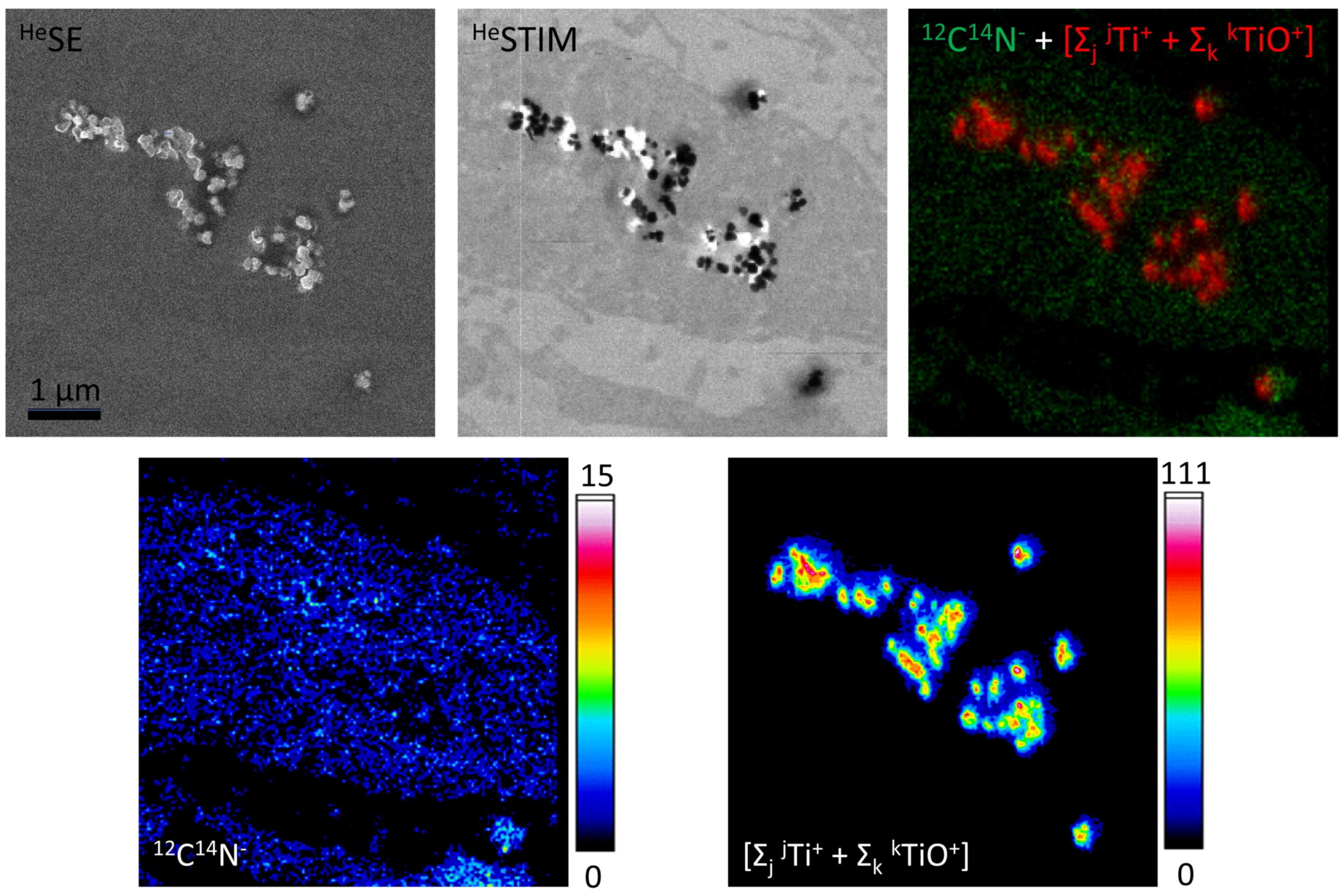
titanium dioxide tagged posts


Seething hot planet Kepler-13Ab that circles very close to its host star, Kepler-13A. In the background is the star’s binary companion, Kepler-13B, and the third member of the multiple-star system is the orange dwarf star Kepler-13C. Astronomers have detected a precipitation process, called a “cold trap,” on an exoplanet. Without titanium oxide to absorb incoming starlight on the daytime side, the atmospheric temperature grows colder with increasing altitude. Normally, titanium oxide in the atmospheres of hot Jupiters absorbs light and reradiates it as heat, making the atmosphere grow warmer at higher altitudes. The Kepler-13 system is 1,730 light-years from Earth. Credit: NASA, ESA, and G. Bacon (STScI)
Hubble has found a blistering-hot giant planet outside our solar system where the atmo...
Read More
Administration of titanium dioxide (TiO2) nanoparticles aggravates colitis in the dextran sodium sulfate (DSS) mouse model of acute colitis through activation of the nucleotide-binding oligomerisation domain receptor, pyrin domain containing (NLRP)3 inflammasome.
Titanium dioxide, one of the most-produced nanoparticles worldwide, is being used increasingly in foodstuffs. When intestinal cells absorb titanium dioxide particles, this leads to increased inflammation and damage to the intestinal mucosa in mice with colitis. Researchers at the University of Zurich recommend that patients with colitis should avoid food containing titanium dioxide particles.
The frequency of inflammatory bowel disease like Crohn’s disease and ulcerative colitis has been on the rise in many Western countries for d...
Read More
From left: Mohammad Fakrul Islam, Frederick MacDonnell, Wilaiwan Chanmanee and Brian Dennis, all of UTA Credit: UTA
A team has proven concentrated light, heat and high pressures can drive the one-step conversion of carbon dioxide and water directly into useable liquid hydrocarbon fuels. This simple, inexpensive new sustainable fuels technology could potentially help limit global warming. The process also reverts oxygen back into the system as a byproduct of the reaction, with a clear positive environmental impact.
“Our process also has an important advantage over battery or gaseous-hydrogen powered vehicle technologies as many of the hydrocarbon products from our reaction are exactly what we use in cars, trucks and planes, so there would be no need to change the current fuel distribution s...
Read More





Recent Comments